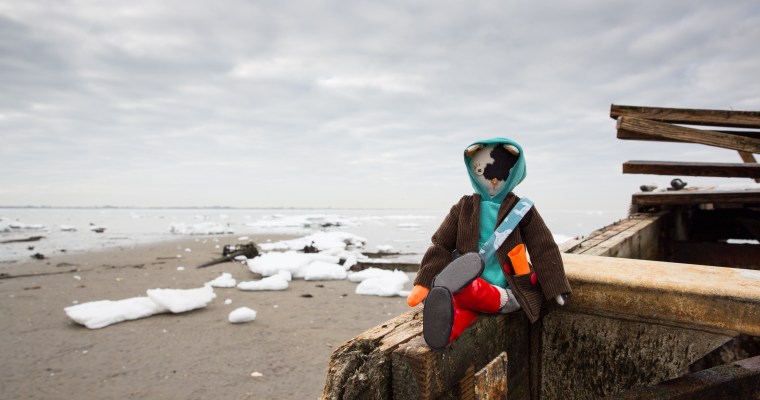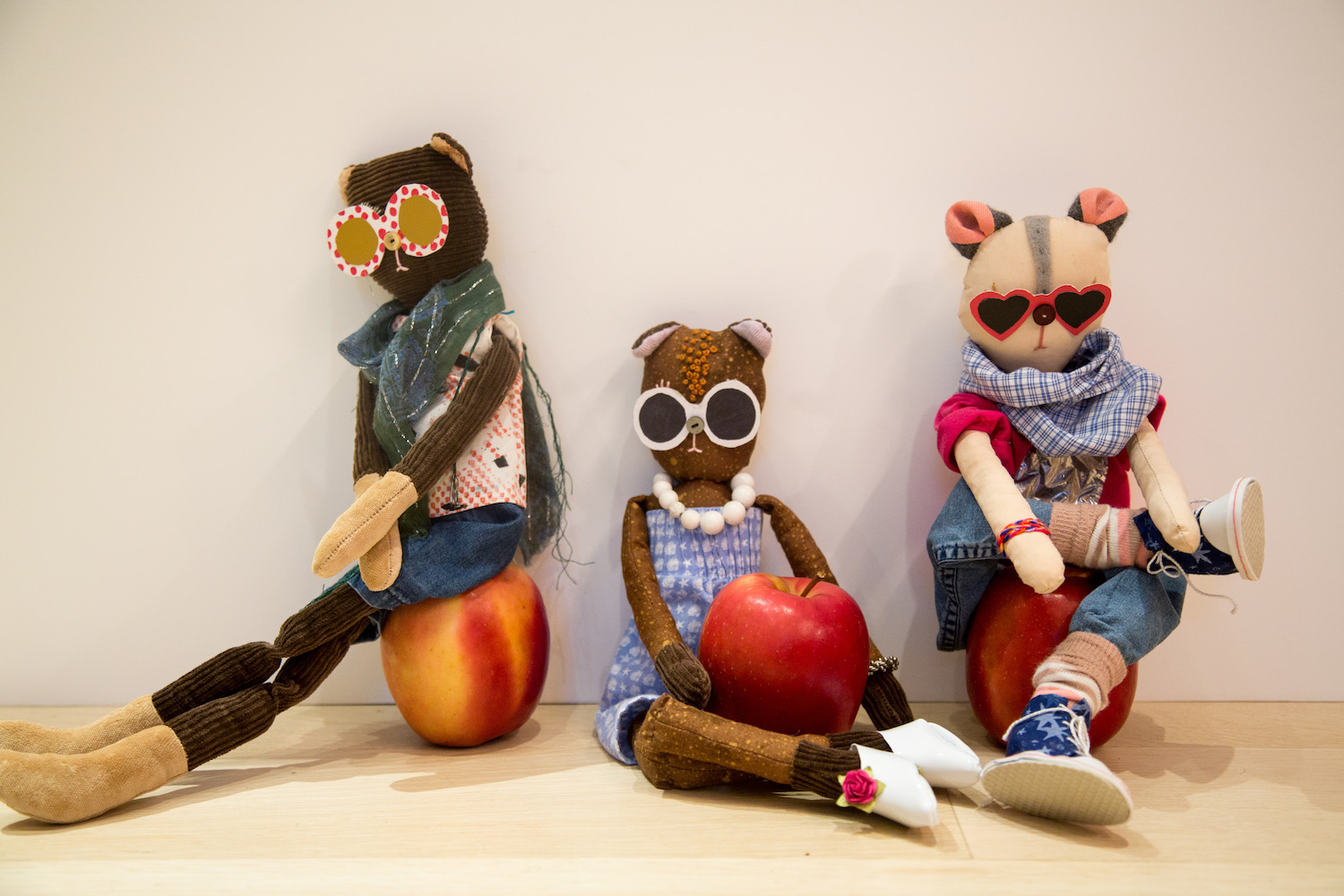
Snow. Sand-spattered snow. Sand. Sky. Sea.
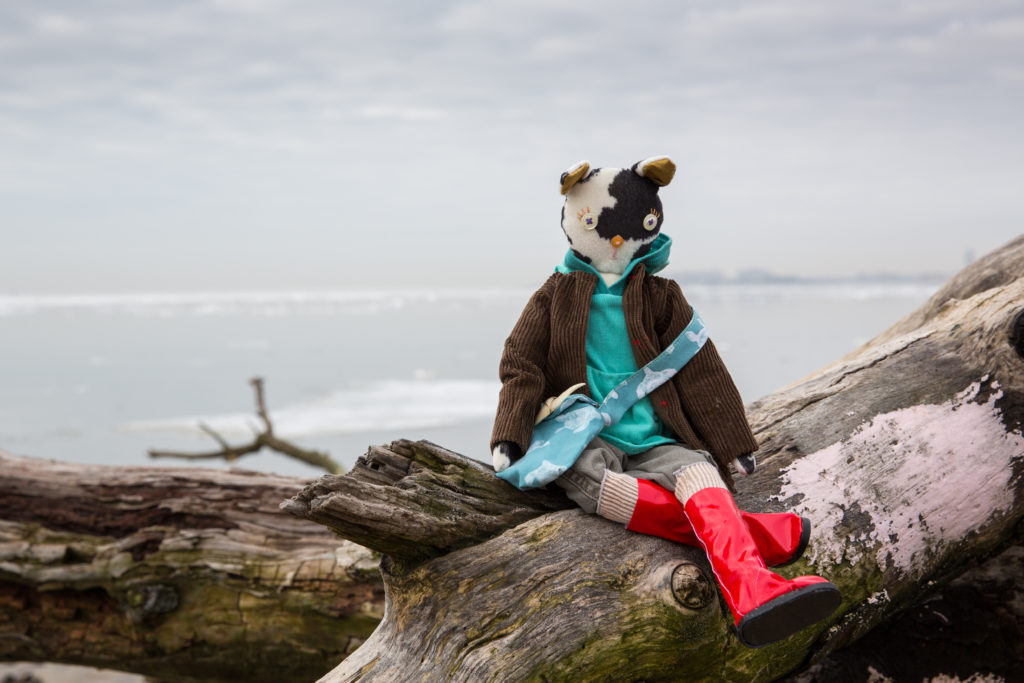
And then: trash.
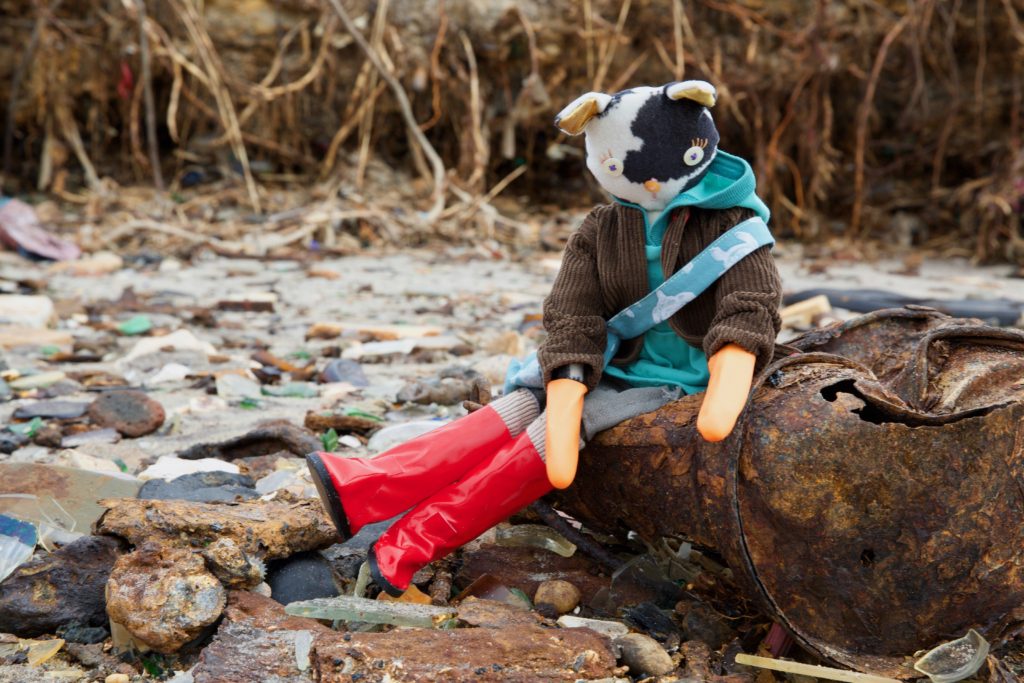
Whitney first heard about Dead Horse Bay as a place where artists go to gather garbage that they then incorporate into their work. She was told that Dead Horse Bay was so named in the 1850s: the area was home to the city’s most noxious industries, including fish oil factories, garbage incinerators, as well as the eponymous horse-rendering plants. In the 1950s Robert Moses sought to expand the area by filling it with detritus from bulldozed neighborhoods throughout NYC, but the garbage was covered by only a thin layer of topsoil which has largely eroded, exposing layers upon layers of broken junk.
At first, this description did not place Dead Horse Bay high on Whitney’s list of Places To Visit. But she read a few articles about it, and found that not only artists but also historians and birders and conservationists seem drawn to Dead Horse Bay. She likes art, history, birds, and conservation, and she thought a place that is described variously as “cool,” “magical,” “filthy,” and “weird” might be worth a look.
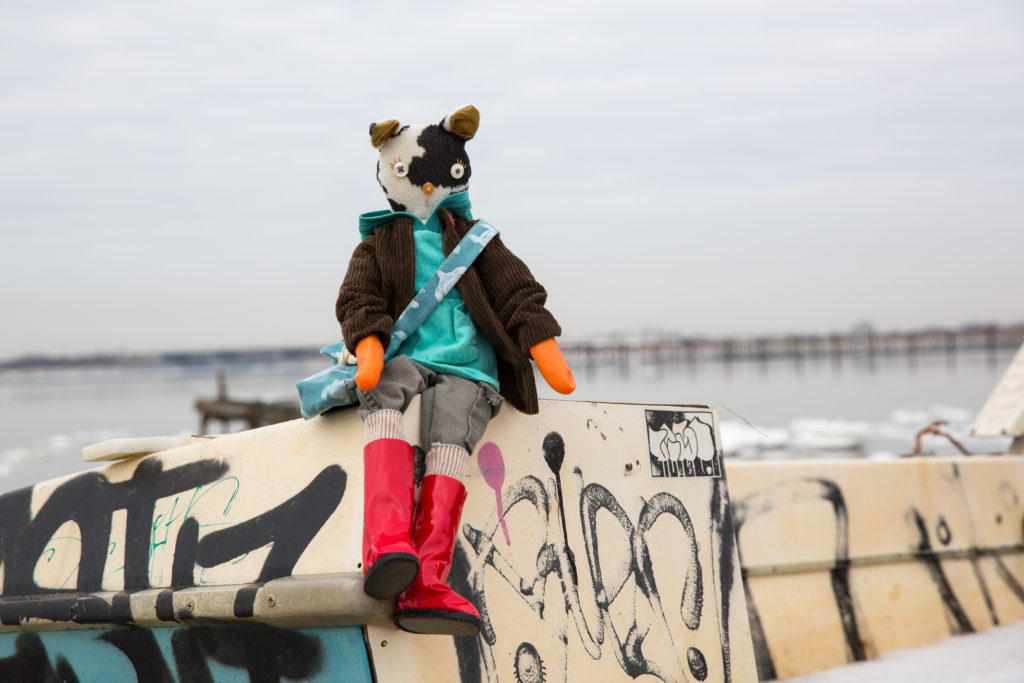
Dead Horse Bay isn’t easy to find, but it isn’t hard either. In other words, there is no official sign specifically welcoming you to “the most polluted beach in NYC!” but if you’ve done your research you’ll know where to go. The approach to the beach is spirit-lifting—there’s real sand underfoot, and reeds on either side of the path, and in the V-shaped opening ahead of you there’s the sky and the water and it feels as different from NYC as any place can be. Then you emerge onto the beach.
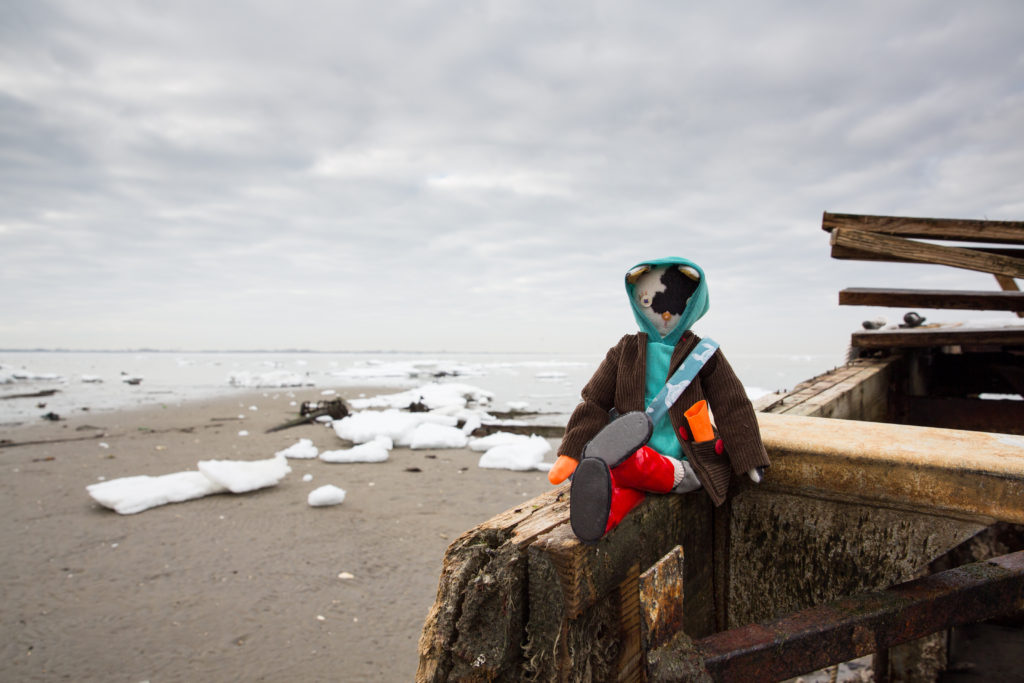
To Whitney, the amount of garbage is overwhelming. She is fascinated by the fact that one or two broken bottles are easily categorized in your mind as ugly trash, but an entire beach covered in broken glass becomes harder to place. It’s almost as if because you couldn’t possibly DO anything about it, you then try to justify or at least recast its existence, try to give it a different meaning.
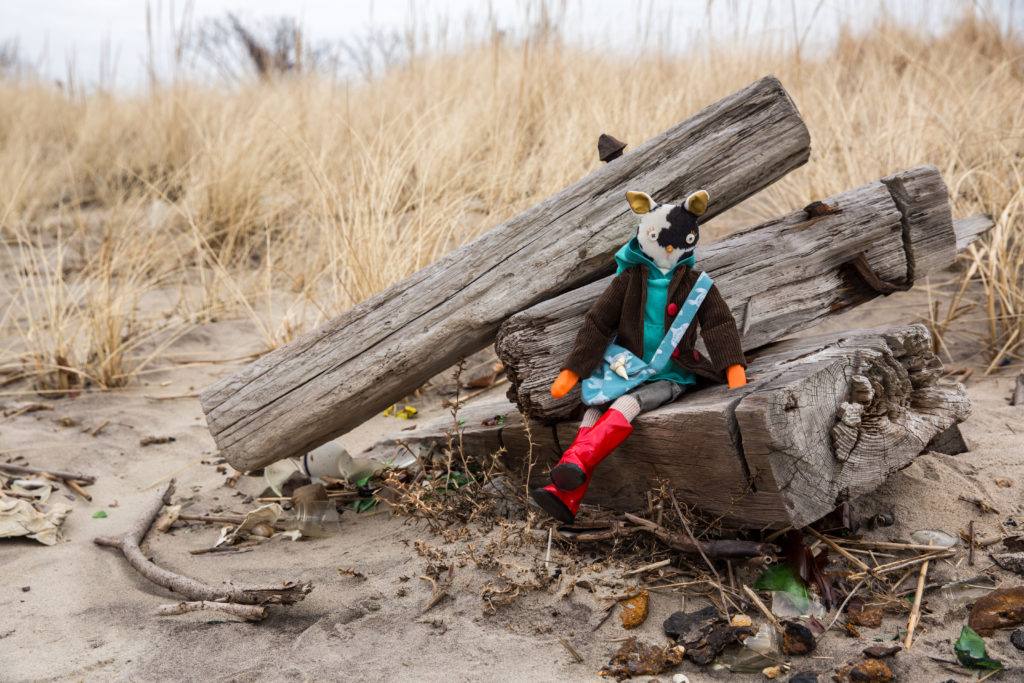
Easy metaphors strew this beach like empty beer cans. The sea softens the edges of the trash and transforms it. The beach is like NYC: the debris of history poking up through the mantle of the new. The place where modern civilization clashes with the sea. Easy metaphors: Whitney is as overwhelmed by them as she is by the garbage itself.
So she focuses on small things, picks out a few that are her size. She understands that this is now government property and she is not meant to take anything off the beach: a further confusion to her, now this garbage is being protected?? But she takes a few pieces anyway.
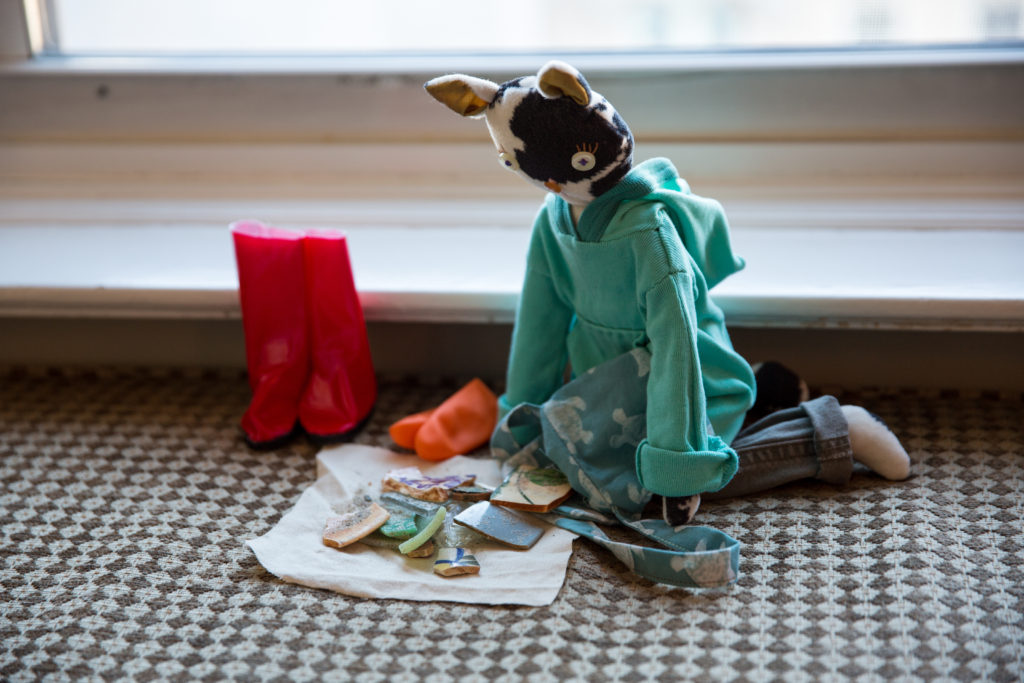
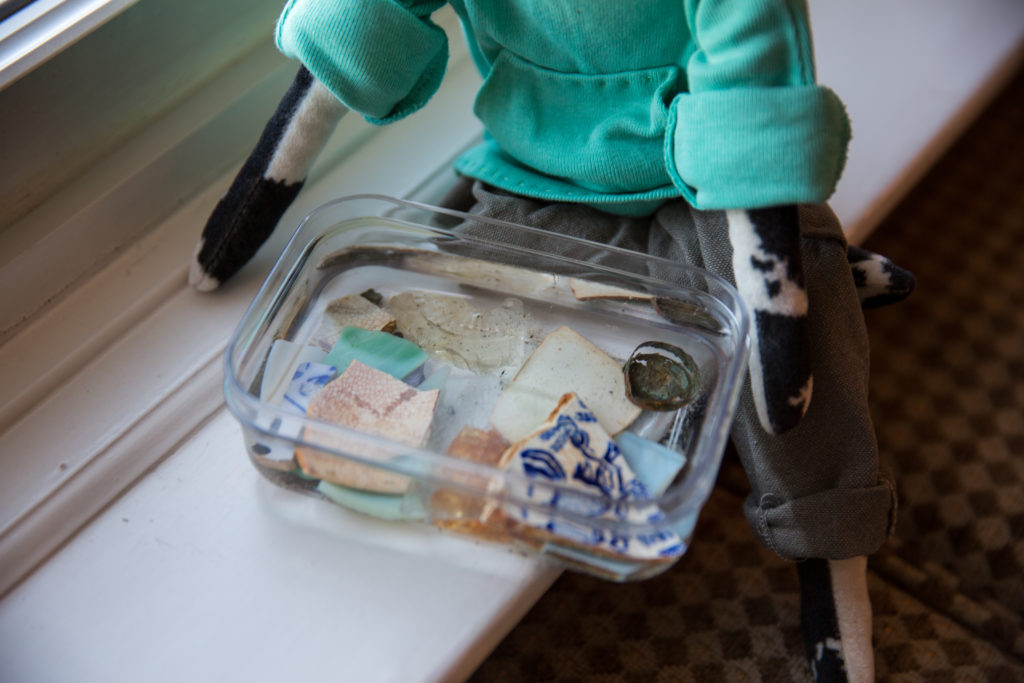
At home, she sorts out her small finds, cleans and arranges them. There was something she meant to express, but now she feels her piece does not accurately convey her feelings about Dead Horse Bay: it is far too decorative, too benign. What is the appropriate response to a place like Dead Horse Bay? When you walk through garbage, more garbage than you could ever sort through or clean up, Whitney thinks, is looking only for the pretty bits an act of optimism, or despair?
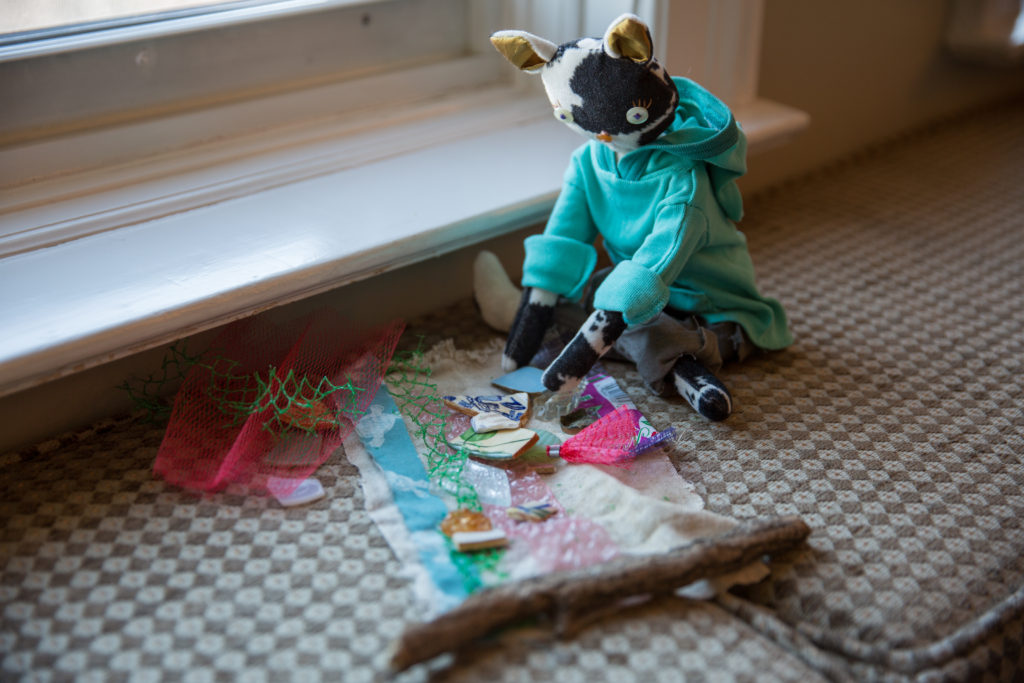
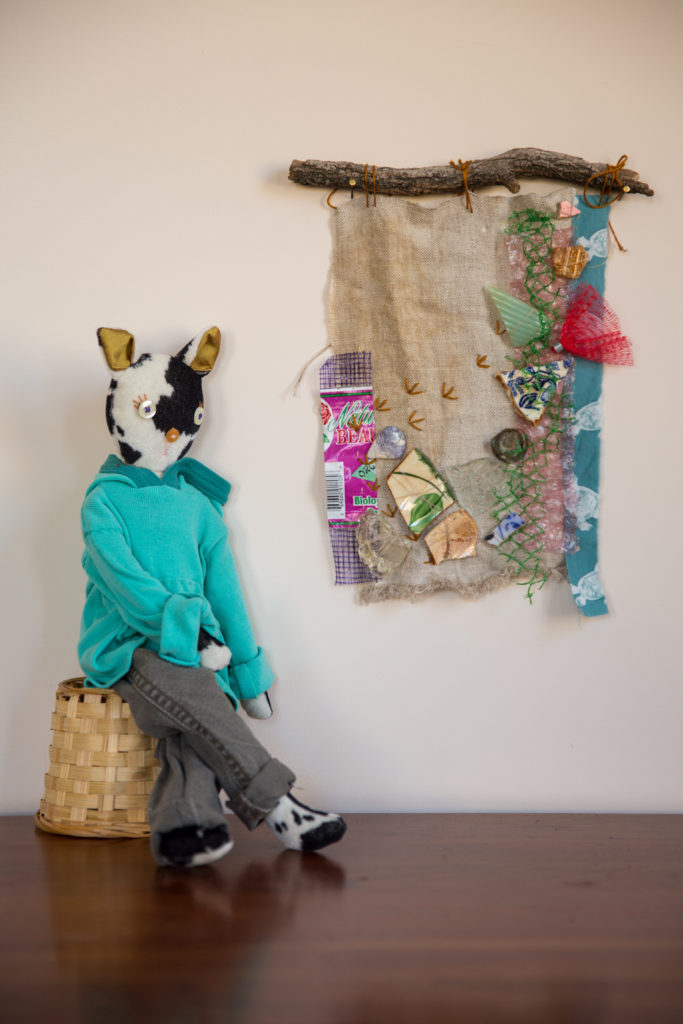
Whitney is made from fabric scraps given to me by my friend Anne, from a throw pillow she made for her daughter. Her hoodie was once a pajama top, her cargo pants were pants, her socks were socks and her boots are made from a piece of fabric I found in a box of bolt ends being thrown away by a fabric store going out of business on 40th Street (thank you to my friend Vivian for alerting me to the box’s existence). Her sea turtle collecting bag is made of a pair of boxer shorts, and the clasp is a tooth of some kind from my friend Elizabeth. Her protective gloves are cut from a pair of rubber gloves.
Thank you to my son Jonathan who stood in for his sister Meredith behind the camera for this shoot. Jonathan isn’t interested in garbage but IS interested in birds. He saw many, expertly and unperturbedly picking their way through the glass.
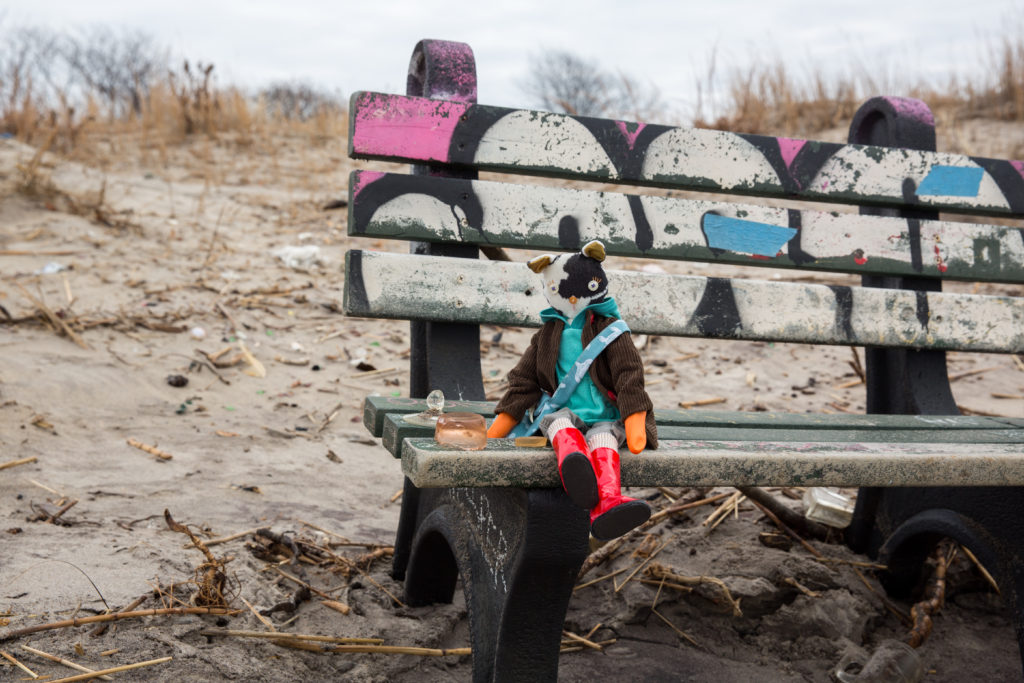
If the ends don’t justify the means, then what does?
–Robert Moses
